-
People interest and activity in art, literature, and ideas in Europe growth under the combined influences of an increased awareness of nature, a revival of classical learning, and a more individualistic view of humans. Renaissance artist considered they were successors of the Greek and Roman masters. Art started to be secularised and lost the primarily religious function. They continued to despict religious themes and Greek and Roman mythology. Artist signed their work. Art collectors appeared.
-
 The dome was built between 1420 and 1436.It is located in Duomo Square.The dome of the cathedral was then the largest in the world, 45 m in diameter and 100 m high.The space that it was supposed to cover was enormous.In 1418 Brunelleschi was back in Florence convinced more than ever that he was the only one able to solve the problem of the dome.On 1st August 1436 it was blessed by the Pope Eugene IV. The dome is constructed of two domes and internal and an external connected by intermediary ribs
The dome was built between 1420 and 1436.It is located in Duomo Square.The dome of the cathedral was then the largest in the world, 45 m in diameter and 100 m high.The space that it was supposed to cover was enormous.In 1418 Brunelleschi was back in Florence convinced more than ever that he was the only one able to solve the problem of the dome.On 1st August 1436 it was blessed by the Pope Eugene IV. The dome is constructed of two domes and internal and an external connected by intermediary ribs -
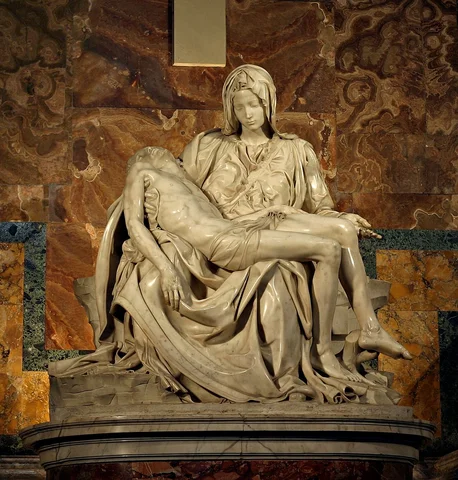 It represent the pain of the Virgin Mary as she holds the body of her son Jesus. Michelangelo Buonarroti was asked by a French Cardenal to create the most beautiful sculpture to decorate his tomb. The Virgin appears as a young girl and Christ looks older than his mother. On 1972, Laszlo Toth, evaded security at St. Peter's Basilica and hit the Vatican's Pietà with a hammer. He broke the Virgin's left arm and caused extensive damage to her face. He was arrested. The sculpture was restaured.
It represent the pain of the Virgin Mary as she holds the body of her son Jesus. Michelangelo Buonarroti was asked by a French Cardenal to create the most beautiful sculpture to decorate his tomb. The Virgin appears as a young girl and Christ looks older than his mother. On 1972, Laszlo Toth, evaded security at St. Peter's Basilica and hit the Vatican's Pietà with a hammer. He broke the Virgin's left arm and caused extensive damage to her face. He was arrested. The sculpture was restaured. -
 The Papa Julius II commission Raphael to paint the walls of the Stanza della Signatura, which was originally a council room for the Vatican’s Supremum Tribunal Signaturae Apostolicae. It was painted between 1509-1511. The scale is very big 5m x 7.7m. There are important figures in the painting as: Platón, Aristoteles, Socrates, Pitagoras and many others. This painting is made by using the tecnique of fresco. Each of the walls represent something, The School of Athens represent philosophy.
The Papa Julius II commission Raphael to paint the walls of the Stanza della Signatura, which was originally a council room for the Vatican’s Supremum Tribunal Signaturae Apostolicae. It was painted between 1509-1511. The scale is very big 5m x 7.7m. There are important figures in the painting as: Platón, Aristoteles, Socrates, Pitagoras and many others. This painting is made by using the tecnique of fresco. Each of the walls represent something, The School of Athens represent philosophy. -
He became Count of Flanders and Lord of Netherlands in 1515 when he came of age.Charles I became King of Spain after the death of his grandfather, Ferdinand the Catholic.He became Holy Roman Emperor as Charles V, after the death of his paternal grandfather, Emperor Maximilian I, on 1519.During his reign there were some revolts. Spain’s involvement in European conflicts resulted in notable victories.On 1556,he renounced the territories of Spain in favour of his son and the rest for his brother.
-
It take place during the reign of Carlos I 1520-21. The reign of Carlos I started with many problems, he didn't know to speak spanish and he was focused in his other territories. They wanted Juana la Loca was crowned queen, if not they wanted Carlos to do his duty as king: live in Castile, occupy his high offices with Castilians and marry. Finaly in April 1521 the Comuneros were defeated in the Battle of Villalar. Anyways Carlos I started to spend more time in Spain, learned spanish and married.
-
 It started with the protestant reformation,when Martin Luther writed Ninety-five Theses, a document which listed criticism of the Catholic Church. This create many wars between European countries. They signed an agreement in 1555 to accept the existence of both Lutheranism and Catholicism in Germany, by the Diet of the Holy Roman Empire at Augsburg, in south Germany. German princes have authority to choose the religion of their territories. Not all the protestants were inclued in this agreement.
It started with the protestant reformation,when Martin Luther writed Ninety-five Theses, a document which listed criticism of the Catholic Church. This create many wars between European countries. They signed an agreement in 1555 to accept the existence of both Lutheranism and Catholicism in Germany, by the Diet of the Holy Roman Empire at Augsburg, in south Germany. German princes have authority to choose the religion of their territories. Not all the protestants were inclued in this agreement. -
He reign in 1556-1598. He was an authoritarian king. Anyways, in his government he maintained a system of permanent councils for the administration of his territories, such as the Royal Councils of Castilla and Aragon, among others. During his reign there were some revolts as the Rebellion of the Alpujarras, this was caused because the king limited the use of their languages and culture. One of the priorities of his reign was religious unity. He won many battles as the Battle of Lepanto.
-
Even their ascendants were baptized against their will, they continued practicing the Muslim religion, speaking Arabic and dressing like Muslims. Felipe II forbiden them to practise their culture. The moriscos didn't like this, so the rebelled the Christmas Eve 1568 with the help of the Turks. It was pacified by Don Juan of Austria before the Battle of Lepanto in 1571, which was won by the Spanish Monarchy. The end of the Morisco community in Spain, expelled by Philip III in 1609.
-
It was a conflict between Spain and Netherlands. This conflict became a symbol of independence and religious freedom. Netherlands were a part of the Spain, the discontent increase with the inquisition and the persecution of the protestants. Netherlands search for international support specially France and England. They established the provisional governmental structure known as the Union of Utracht. They signed an agreement the Peace of Westphalia which give independence to Netherlands.
-

-
 The Union of Arras was a treaty signed on 6 January 1579 by Spain's provinces in the southern Netherlands (now in the Flanders region of France and Belgium). It stated that Catholicism was the only legal religion in the region, that society should be restored to what it was before the Dutch Revolt, and that no more foreign troops should be garrisoned in the Netherlands. The northern states signed the Union of Utrecht in opposition to the Catholics of the south.
The Union of Arras was a treaty signed on 6 January 1579 by Spain's provinces in the southern Netherlands (now in the Flanders region of France and Belgium). It stated that Catholicism was the only legal religion in the region, that society should be restored to what it was before the Dutch Revolt, and that no more foreign troops should be garrisoned in the Netherlands. The northern states signed the Union of Utrecht in opposition to the Catholics of the south. -
 The Spanish Armada was a navy send by King Philip II in 1588 to invade England. It was a attempt to restore the Roman Catholic faith. The Spanish fleet consisted of about 130 ships. Gales forced the Armada back to the port of A Coruña. They were attacked by the Englands and the Spanish army was desorganized. Later they were attacked again. They had several damages. In the return to Spain they have several problems as the rocks and storms. They were 60 ships back and 15,000 men perished.
The Spanish Armada was a navy send by King Philip II in 1588 to invade England. It was a attempt to restore the Roman Catholic faith. The Spanish fleet consisted of about 130 ships. Gales forced the Armada back to the port of A Coruña. They were attacked by the Englands and the Spanish army was desorganized. Later they were attacked again. They had several damages. In the return to Spain they have several problems as the rocks and storms. They were 60 ships back and 15,000 men perished. -
-
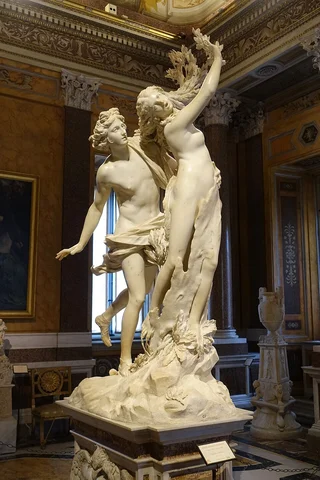
-
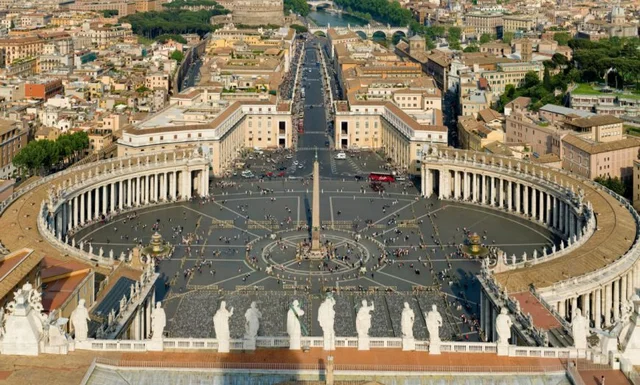
-
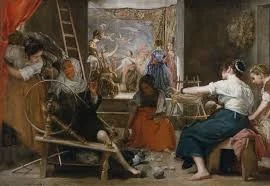
-
-
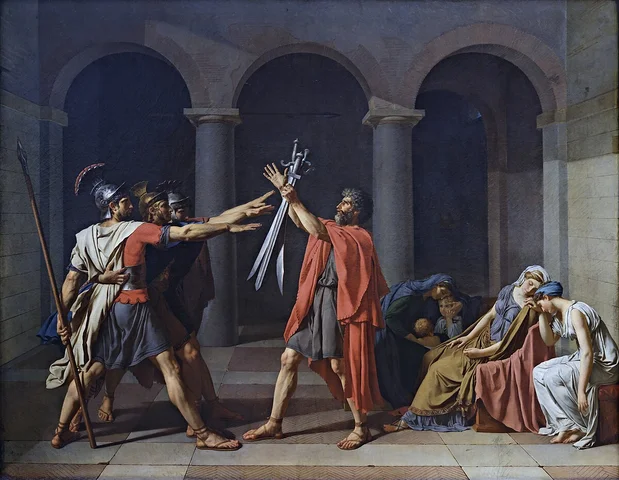
-

